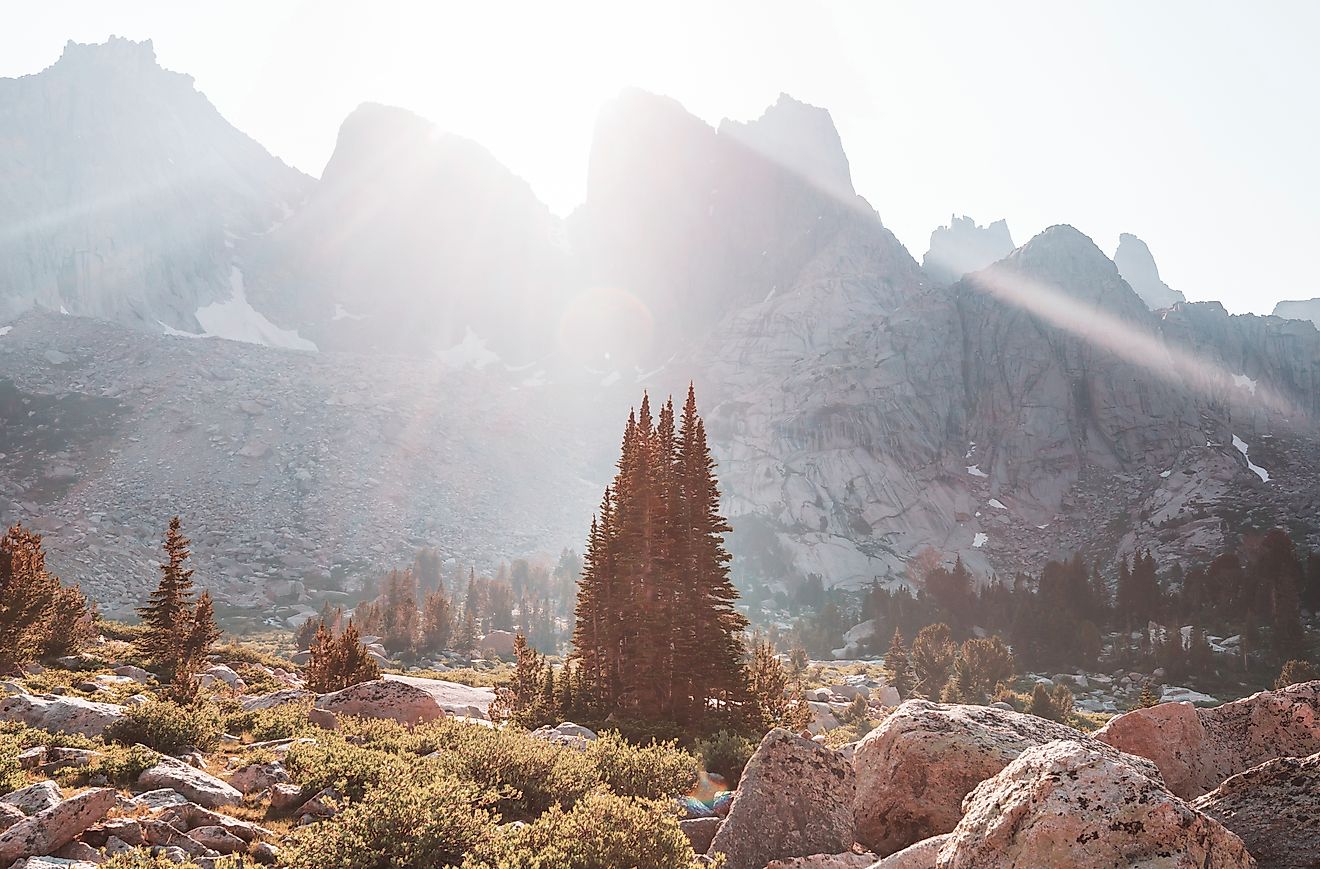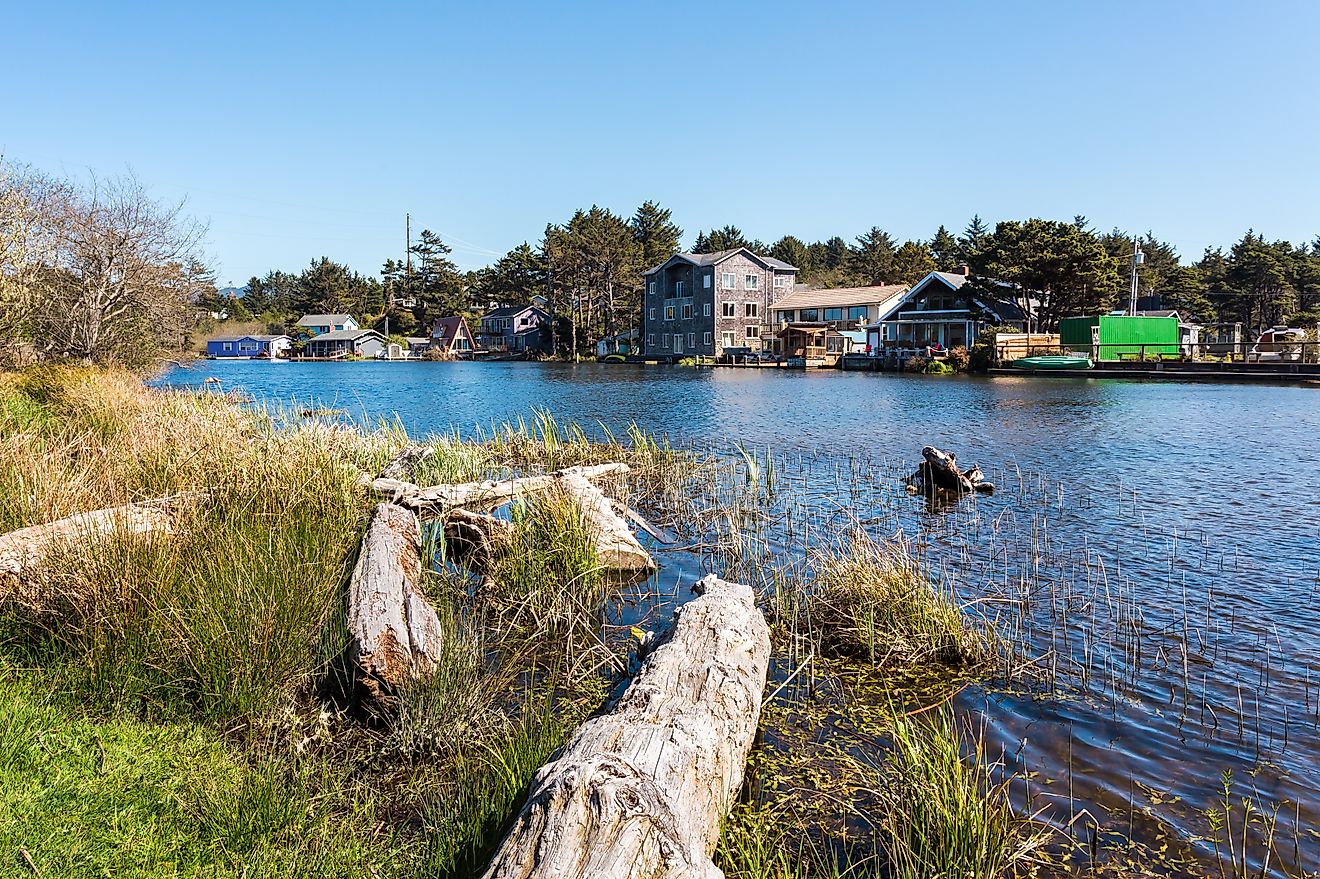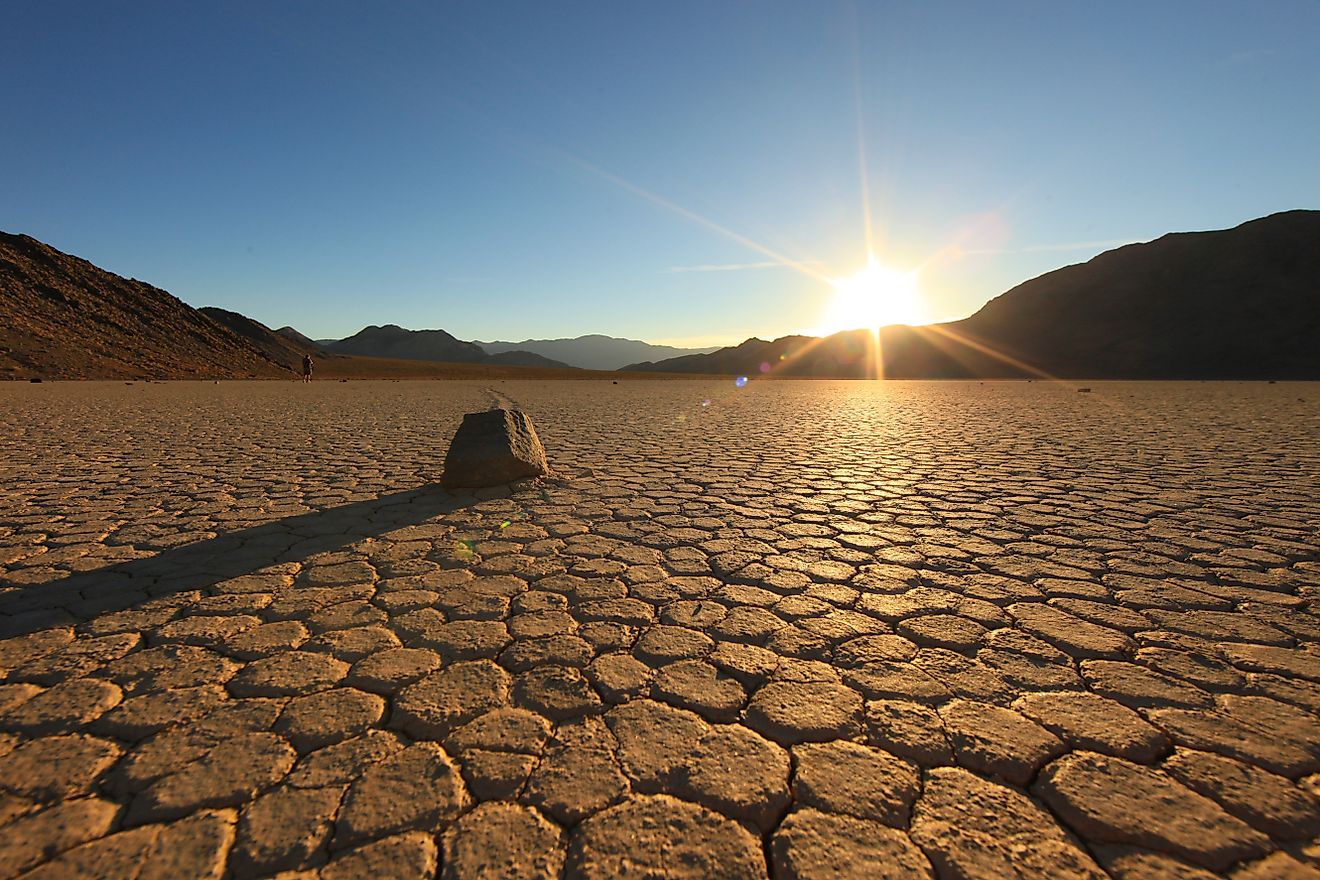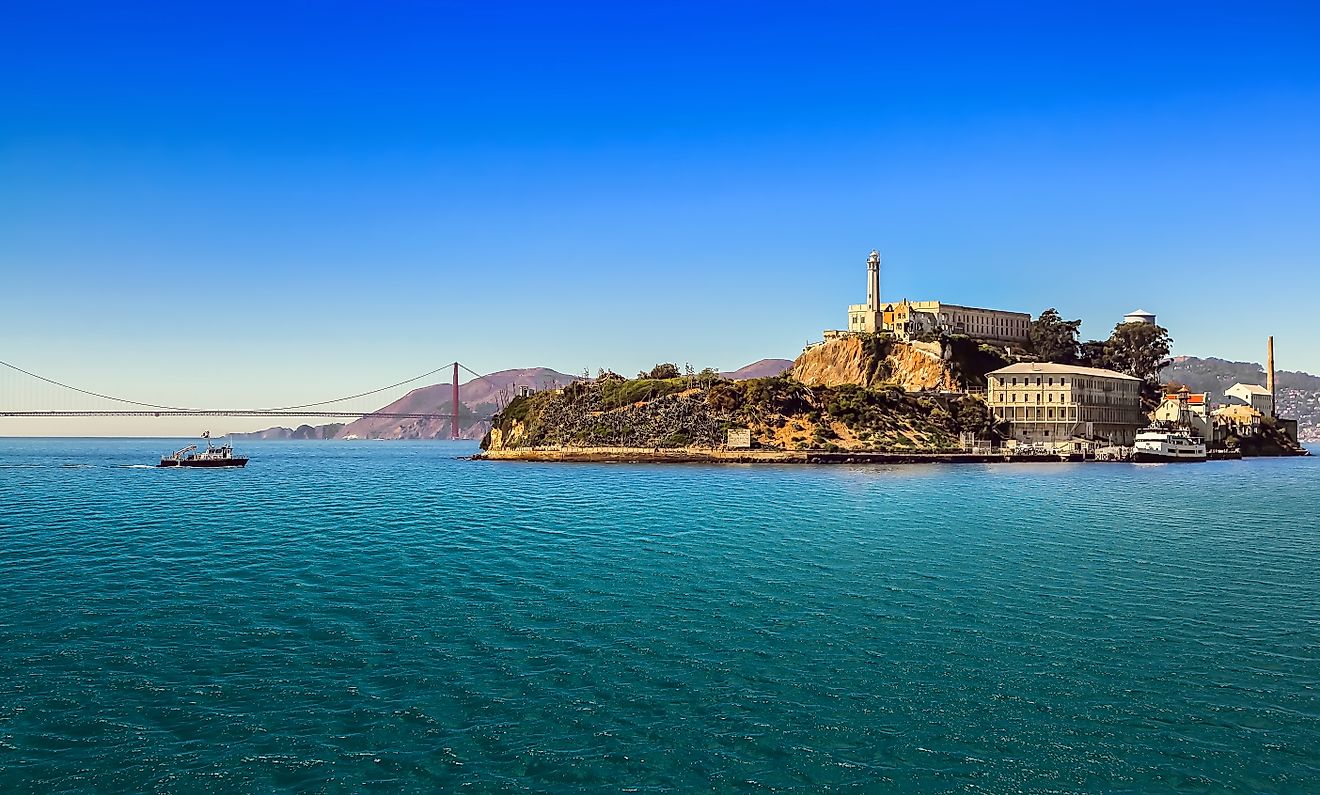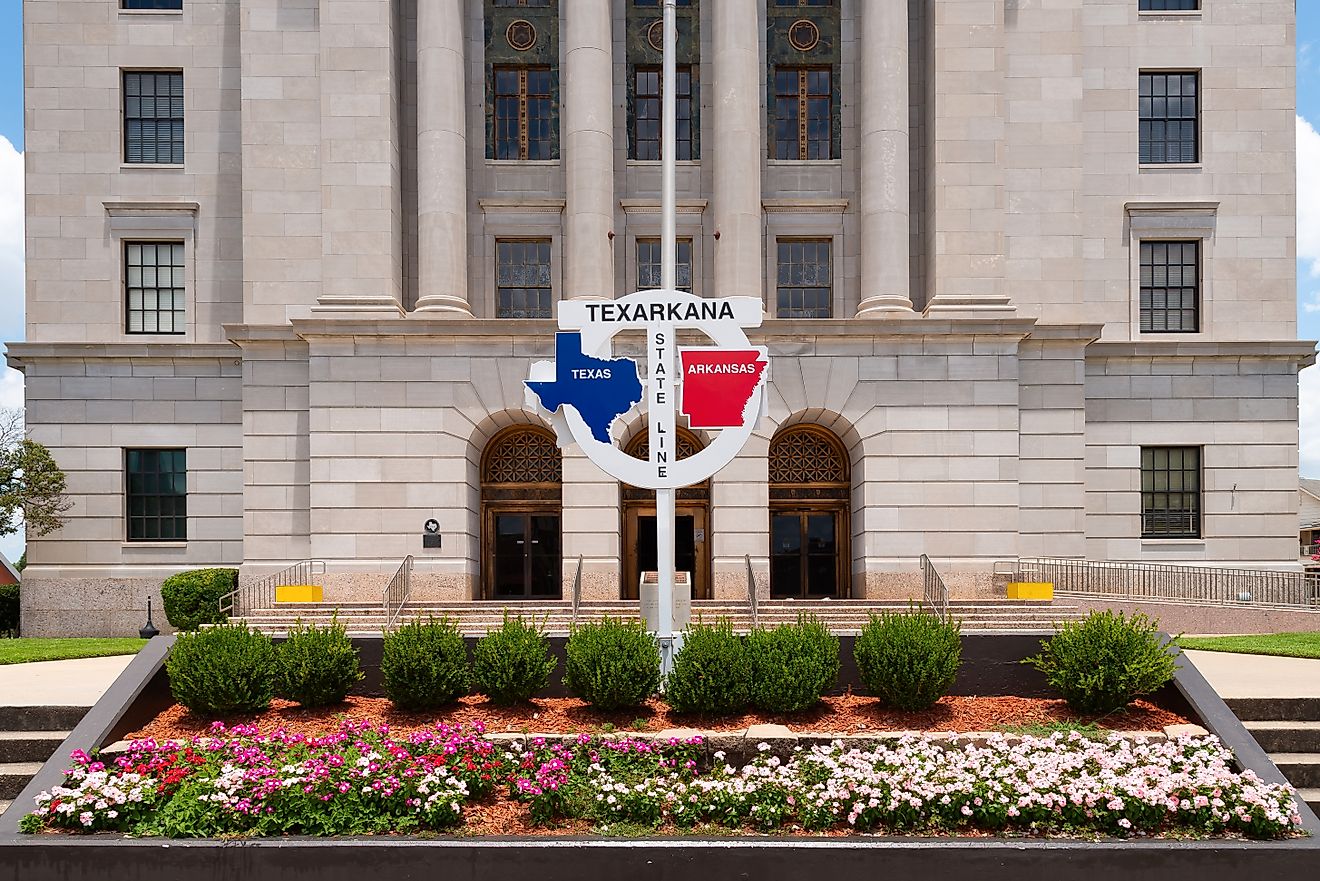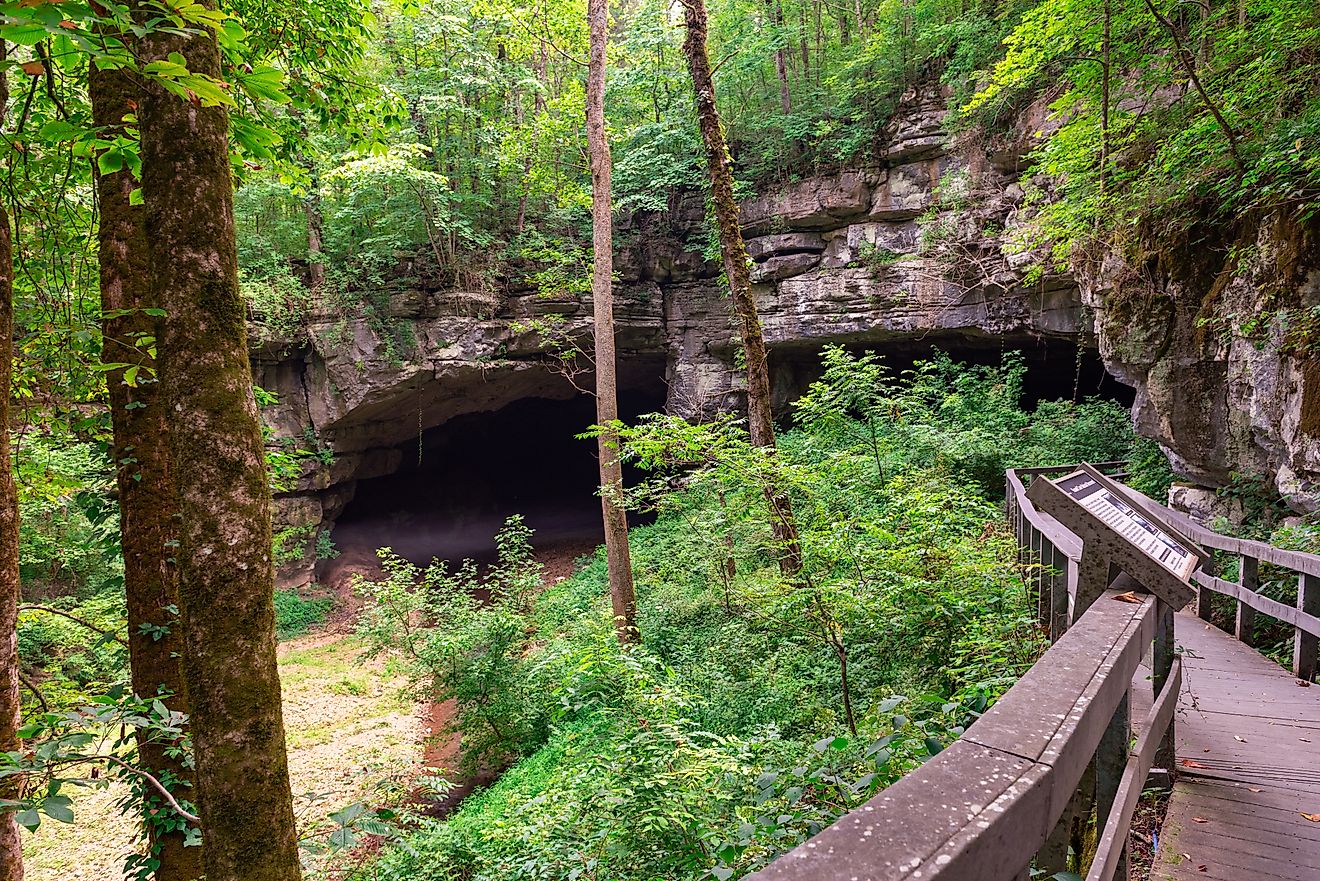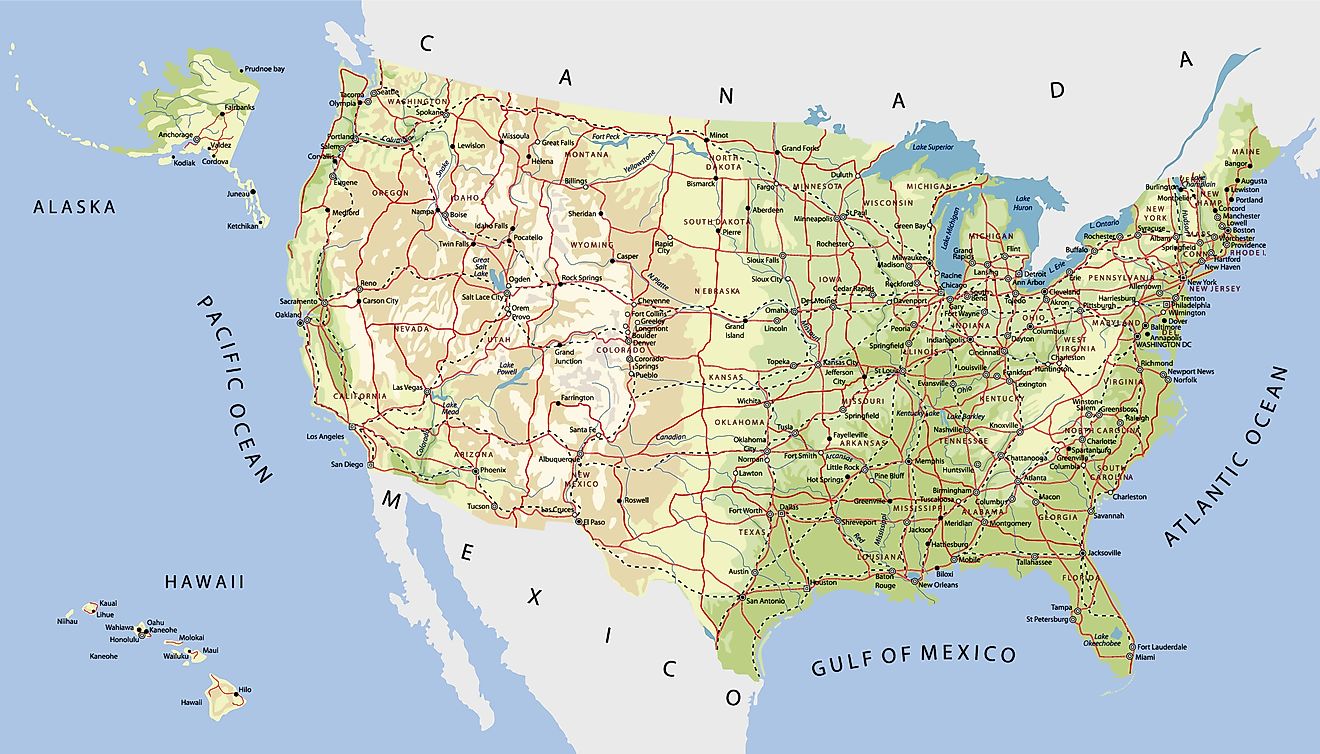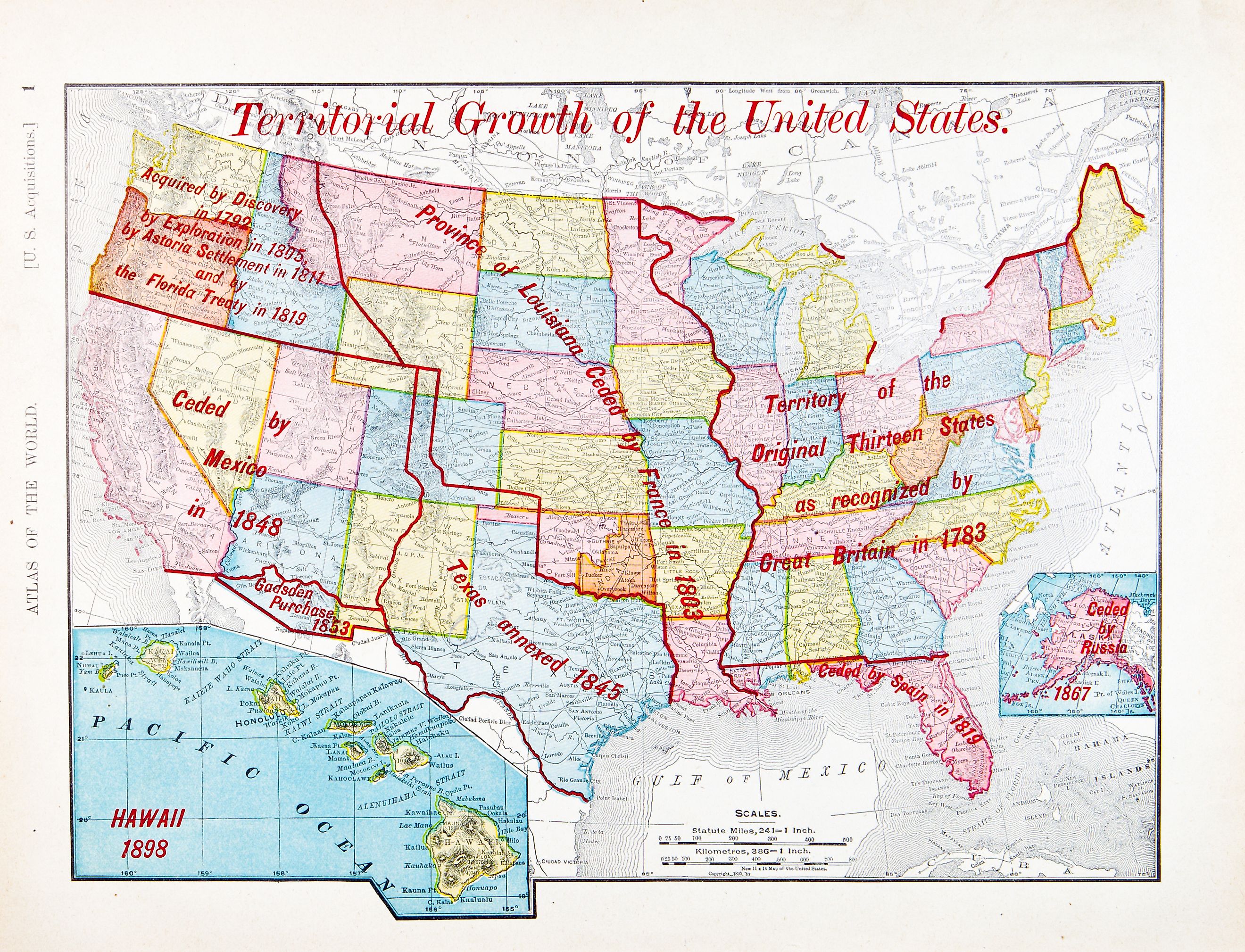
Which US States Are Part of the Louisiana Purchase?
In the year 1803, the United States made the biggest land deal in its history. For $15 million, the US acquired an enormous swath of territory from France, effectively doubling the size of the young nation. This historic agreement, known as the Louisiana Purchase, included land that now forms all or part of 15 modern US states. From Louisiana in the south to North Dakota and Montana in the north, the Louisiana Purchase shaped the country’s westward expansion and transformed trade, settlement, and politics.
The Louisiana Purchase was not just a diplomatic victory; it was a bold gamble that laid the groundwork for future states. It gave Americans access to the Mississippi River and its tributaries, key arteries for transporting crops and goods. Today, the legacy of the Louisiana Purchase is visible across the Midwest and South in the towns, rivers, and farmlands that flourished on this newly acquired land.
The States That Emerged from the Louisiana Purchase
Here’s a state-by-state look at the land included in the Louisiana Purchase and how it shaped America.
Louisiana
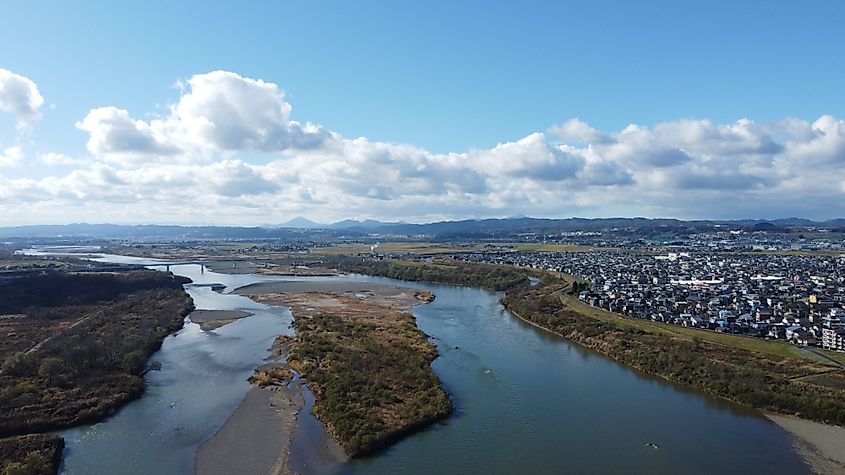
-
Southern Gateway: The state of Louisiana, including its famed city New Orleans, was at the heart of the Louisiana Purchase.
-
Trade and Culture: The Mississippi River became an essential trade route. French, Spanish, and Creole influences left lasting cultural marks.
-
Modern Significance: Today, Louisiana offers swamps, bayous, and historic plantations that trace the origins of this acquired land.
The Louisiana Purchase allowed the United States to control New Orleans, a critical port for farmers shipping grain and goods down the Mississippi River. French control had previously restricted American trade, making this acquisition essential for the young nation’s economy.
Arkansas
-
Natural Resources: Arkansas’s fertile soil and rivers became major attractions for settlers.
-
Early Settlement: Pioneers established farming communities along the Arkansas River.
-
Legacy Today: Visitors can explore scenic Ozark mountains and historic towns that originated on Louisiana Purchase land.
Arkansas, part of the central Louisiana Territory, offered vast expanses of woodland, rivers, and plains. Early settlers relied heavily on waterways to transport goods, making the state a hub for agriculture and timber industries.
Missouri
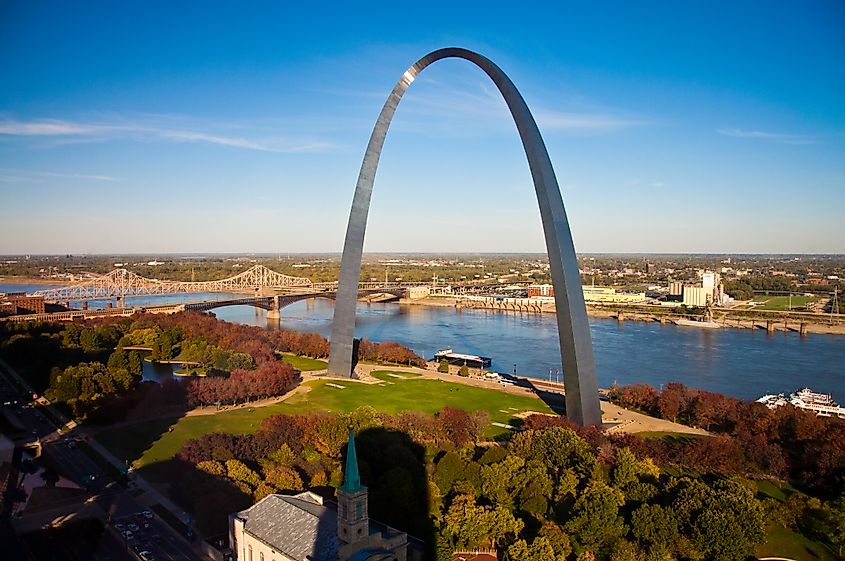
-
Gateway to the West: Missouri became a critical jumping-off point for westward expansion.
-
Historic Trails: The state hosted the starting points for the Oregon and Santa Fe Trails.
-
Cultural Landmarks: Historic towns like St. Louis and Jefferson City still celebrate the Louisiana Purchase heritage.
Missouri’s location along the Mississippi and Missouri Rivers made it a strategic site for settlement and trade. The Louisiana Purchase allowed Americans to expand inland with far more security, connecting the East to emerging western territories.
Iowa
-
Rolling Plains: Fertile soil and open land attracted early farmers.
-
River Access: Iowa’s rivers supported agriculture and small settlements.
-
Modern Attractions: Iowa today is known for its charming small towns, riverfronts, and agricultural heritage.
Settlers in Iowa relied on rich prairie soils for farming wheat, corn, and livestock. The Louisiana Purchase’s acquisition of this area provided room for a growing population and set the stage for Iowa’s statehood in 1846.
Minnesota (western portion)
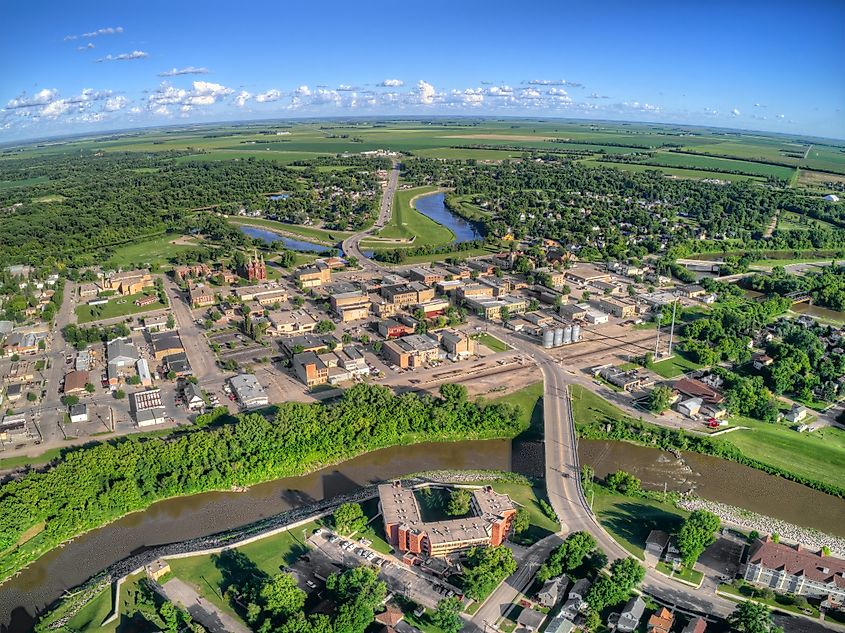
-
Rivers and Lakes: Western Minnesota offered fertile land along the Red River.
-
Fur Trade Hub: Early economic activity included fur trading posts and small settlements.
-
Tourism Today: Visitors can see historic forts and enjoy scenic river valleys rooted in Louisiana Purchase lands.
Although Minnesota’s eastern portion was not part of the Louisiana Purchase, the western half provided a crucial area for trade and settlement. The Mississippi River and its tributaries ensured Minnesota’s place as a key transportation corridor.
North Dakota
-
Expansive Prairies: North Dakota’s wide-open plains became farmland for incoming settlers.
-
Fur Trade History: The region was initially a hub for fur traders and explorers.
-
Today’s Heritage: Small towns and historic sites celebrate the state’s Louisiana Purchase roots.
The Louisiana Purchase gave the US control over lands that had previously been contested by France, Britain, and local Indigenous nations. North Dakota became a place where farming and trade could flourish safely under US governance.
South Dakota
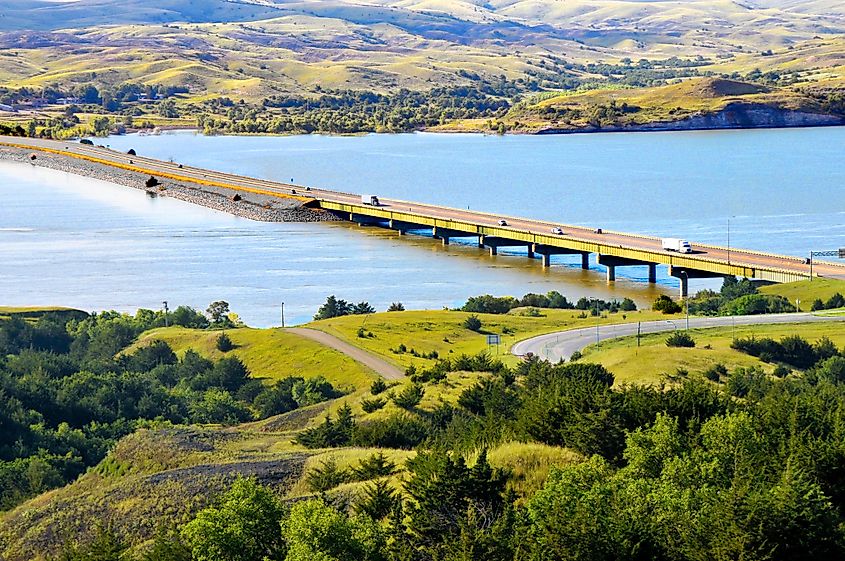
-
Missouri River Influence: The river shaped early settlement patterns.
-
Native Lands: The area was home to Indigenous nations long before the Louisiana Purchase.
-
Modern Exploration: Today, travelers can explore historic forts, rolling plains, and river valleys reflecting early settlement patterns.
South Dakota offered fertile land and strategic river access. The Louisiana Purchase facilitated westward expansion and opened opportunities for trade, farming, and settlement beyond the Mississippi River.
Nebraska
-
Agricultural Potential: Nebraska’s plains became ideal for wheat and corn production.
-
Trail Routes: The state hosted important sections of the Oregon and Mormon Trails.
-
Tourism Today: Visitors can explore historic trails and preserved pioneer sites from Louisiana Purchase times.
Nebraska’s central location made it a key area for settlers moving west. The Louisiana Purchase enabled safe settlement and helped establish trade routes and communities that continue to thrive today.
Kansas
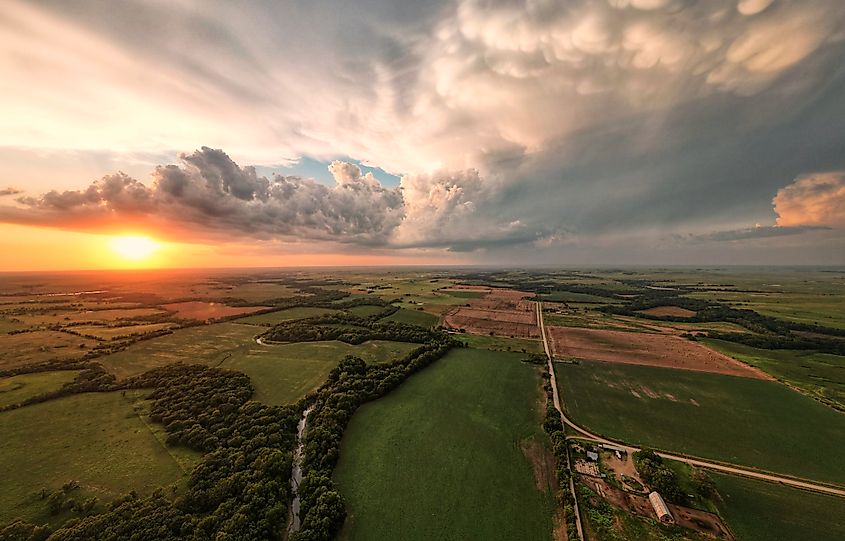
-
Fertile Heartland: Kansas offered rich soil for farming and ranching.
-
Frontier Expansion: Towns sprang up along rivers and trails connecting eastern states with new territories.
-
Historical Sites: Many of Kansas’s historic towns trace their origins to Louisiana Purchase lands.
The acquisition of Kansas helped secure the central plains for the United States. Early settlers relied on rivers and trails for trade, ensuring the state’s early economic success.
Oklahoma (small portion)
-
Western Edge: Only the northernmost parts were included in the Louisiana Purchase.
-
Settlement Patterns: These lands became part of early US surveys and settlement plans.
-
Legacy Today: Oklahoma’s connection to the Louisiana Purchase is subtle but visible in land divisions and early settlement maps.
Oklahoma’s northern lands gained from the Louisiana Purchase were primarily used for agricultural and trade purposes, complementing the rest of the Midwest’s expansion.
Montana (eastern portion)

-
Big Sky Territory: Eastern Montana offered prairie and river valleys.
-
Fur Trade and Exploration: Early activity focused on fur trading and military forts.
-
Tourism Today: Visitors can enjoy scenic plains, historic forts, and river access tied to early US expansion.
Montana’s eastern plains provided settlers with open land and trade routes along rivers. The Louisiana Purchase secured this territory for US development and commerce.
Wyoming (small portion)
-
Eastern High Plains: Included lands along rivers and grasslands.
-
Settler Routes: The area was used for cattle ranching and passage to western territories.
-
Modern Legacy: Historic ranches and trails trace the Louisiana Purchase influence.
Wyoming’s small section of the Louisiana Purchase contributed to westward expansion and allowed for ranching and trade that supported settlers moving further west.
Montana (continued) & Other Northern States
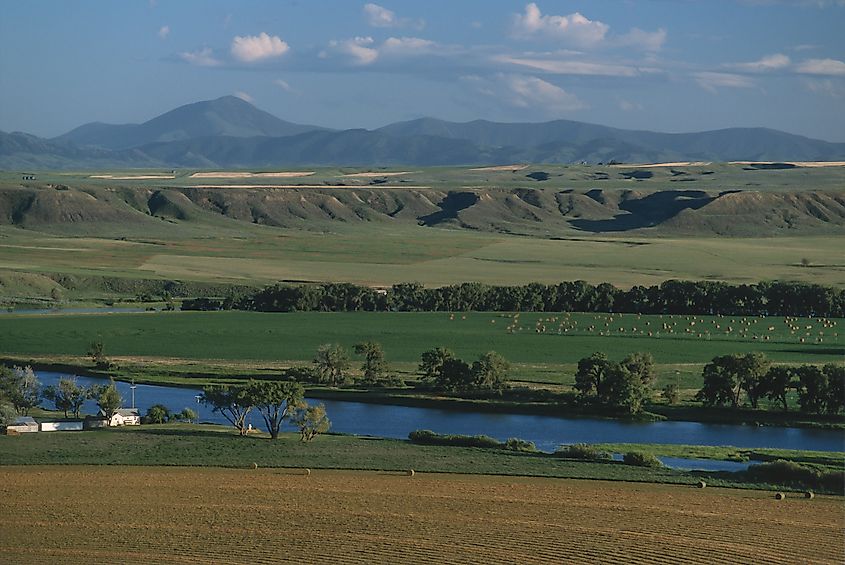
-
Additional lands in Montana, and small portions of other northern states, were included. These regions helped define US boundaries and provided fertile land for agriculture, trade, and transportation.
How the Louisiana Purchase Shaped America
The Louisiana Purchase transformed the United States politically, economically, and culturally. By acquiring vast tracts of land, the US secured control of key waterways, expanded farming opportunities, and set the stage for the country’s westward migration. Towns along rivers and trade routes flourished, while natural resources were tapped for early industry and agriculture. Today, visitors to these states can explore historic towns, rivers, and trails that highlight the impact of this monumental deal.
From New Orleans’s vibrant port to the rolling plains of Kansas and Nebraska, the Louisiana Purchase’s influence remains evident. It allowed Americans to claim a continental presence, secure resources, and pave the way for new states to join the union.
